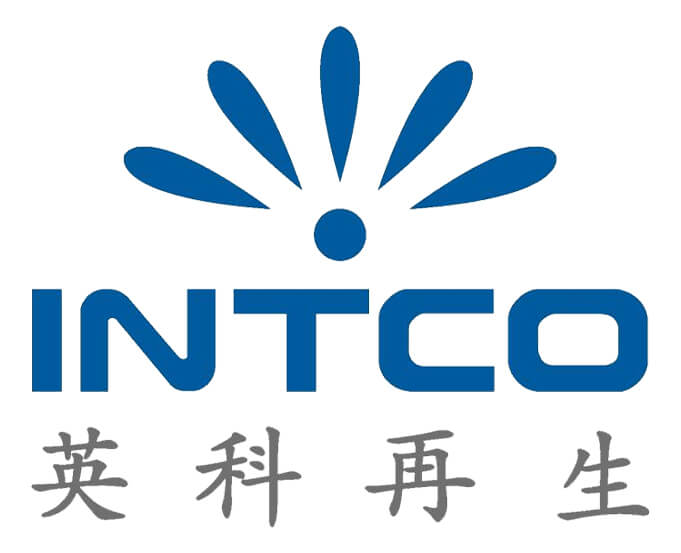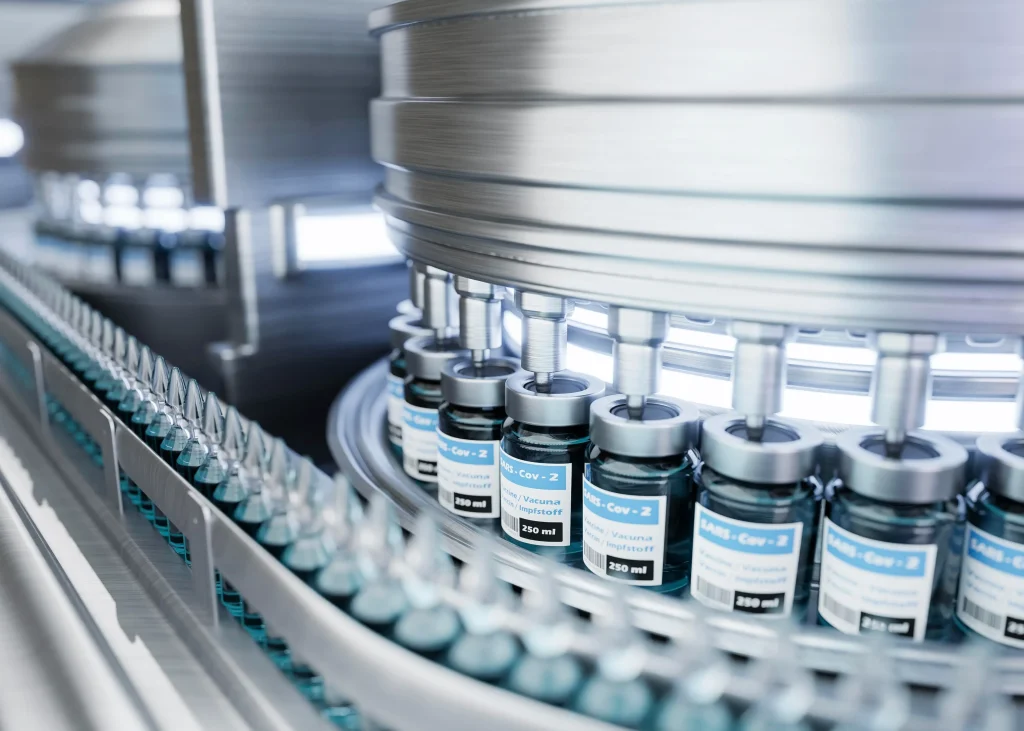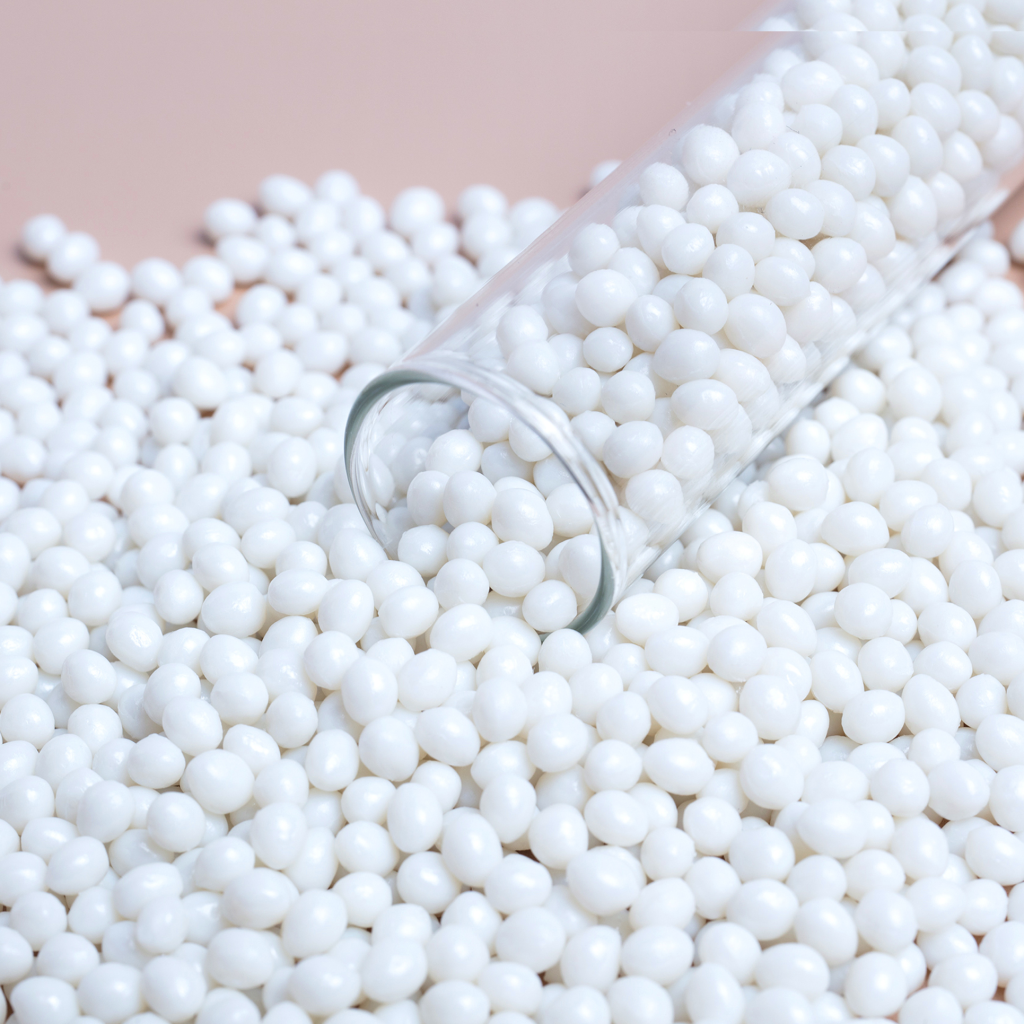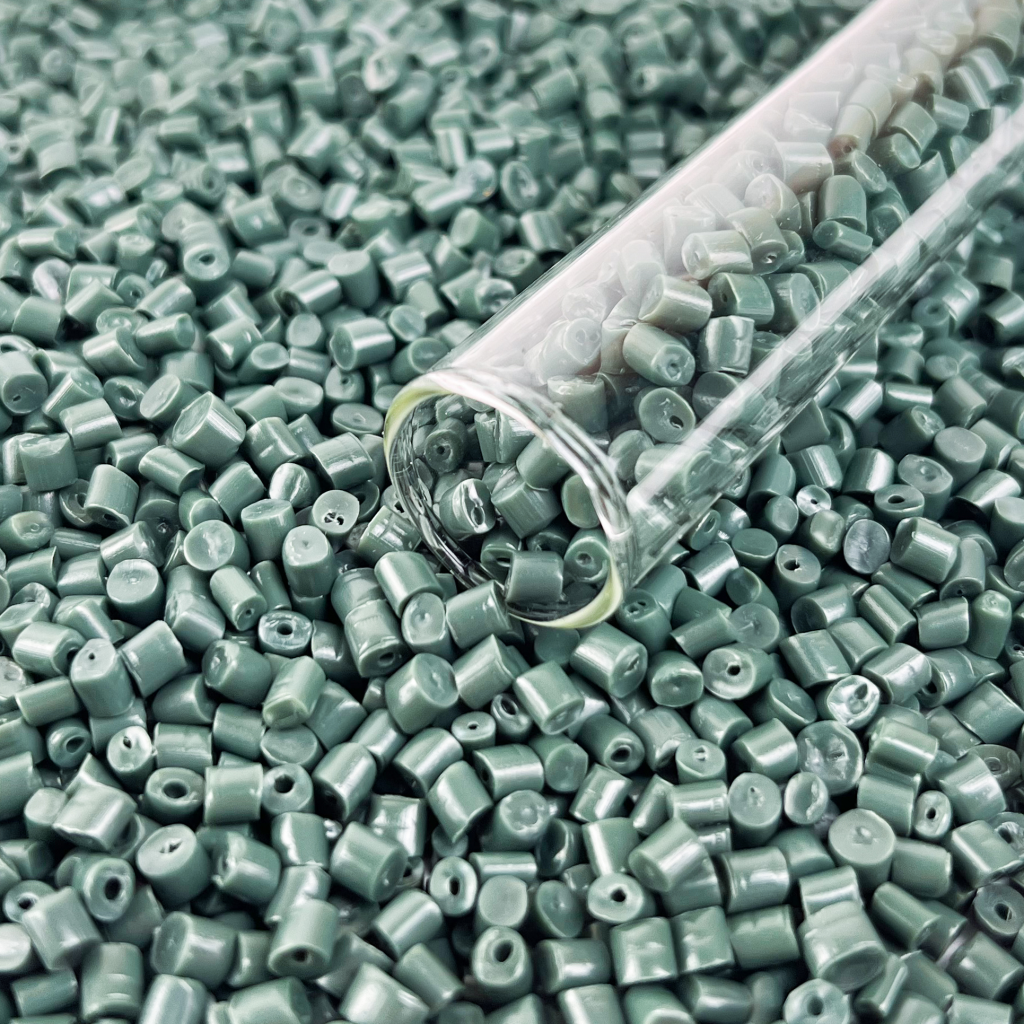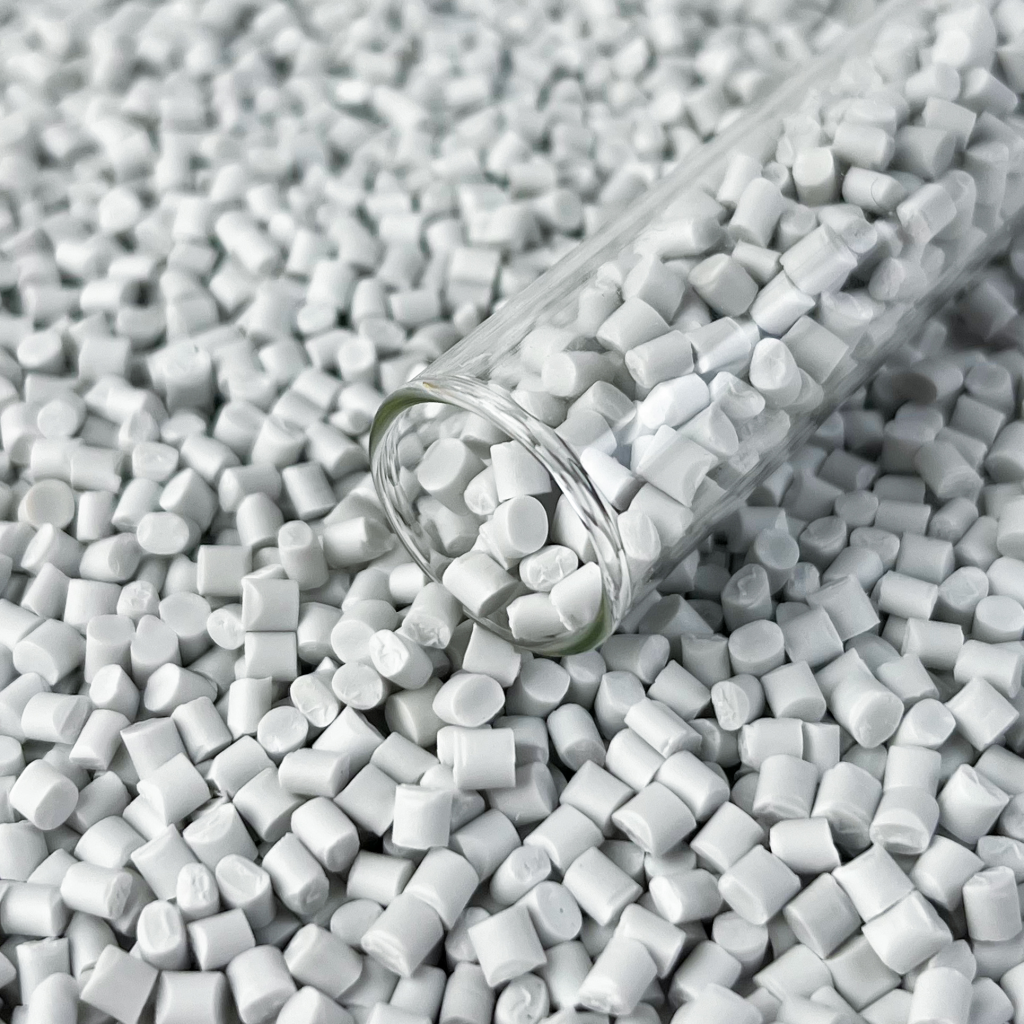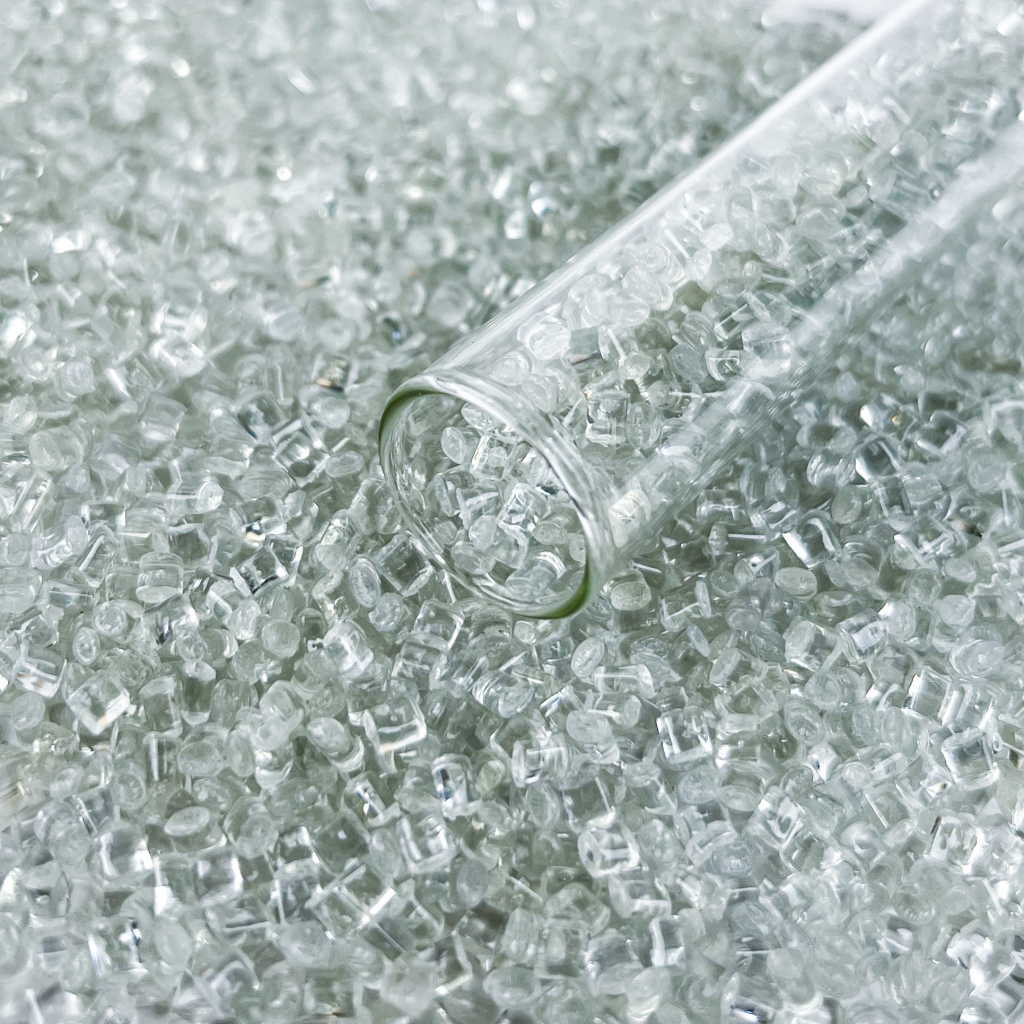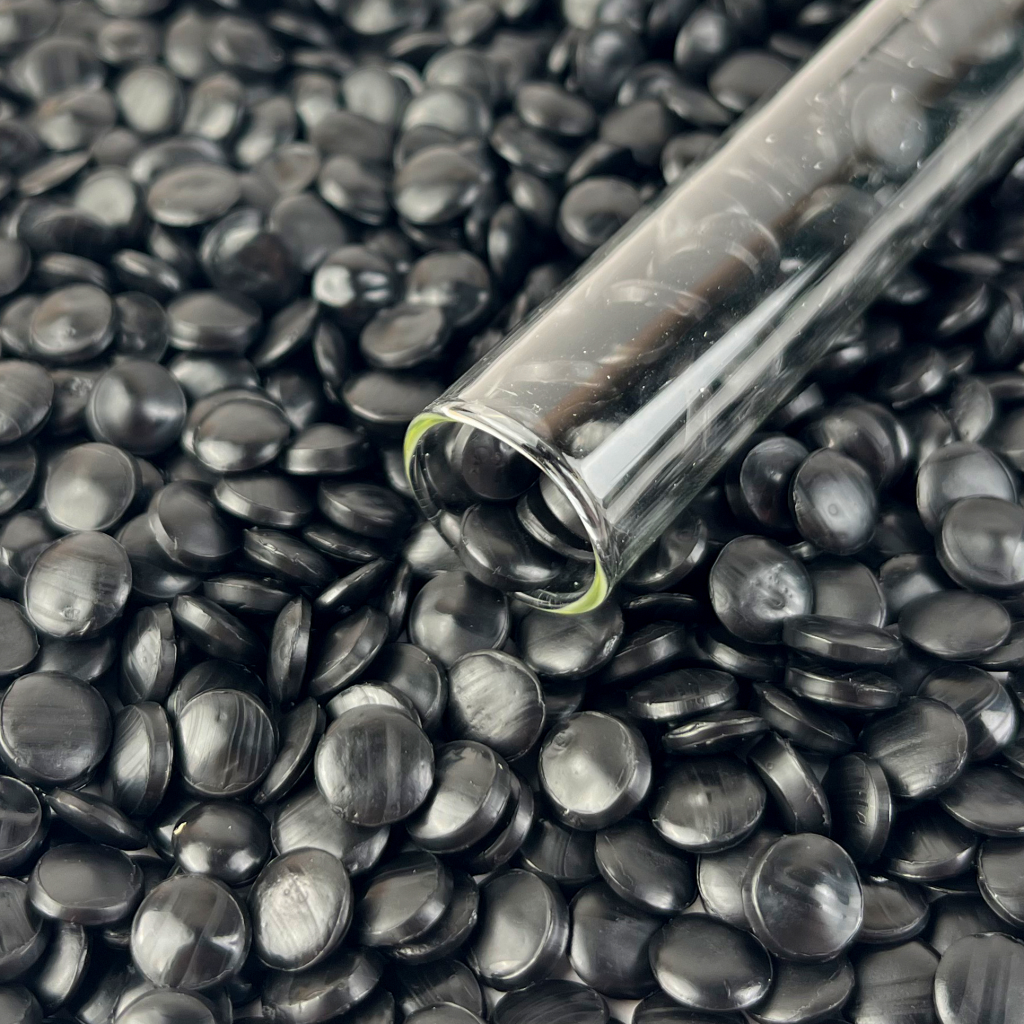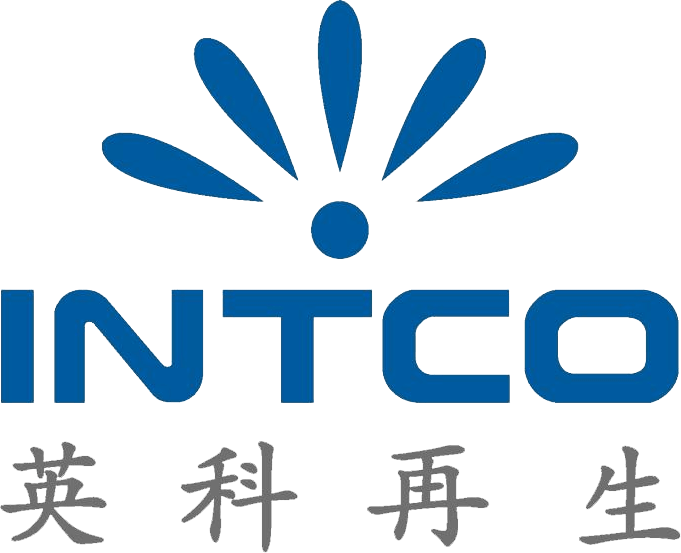Expanded Polystyrene (EPS) is a versatile material commonly found in the packaging and manufacturing industries where you may encounter it in a variety of ways. From safety packaging for electronics to building insulation. This article dives into the details of EPS, including its features and uses, and discusses possible impacts and alternatives.
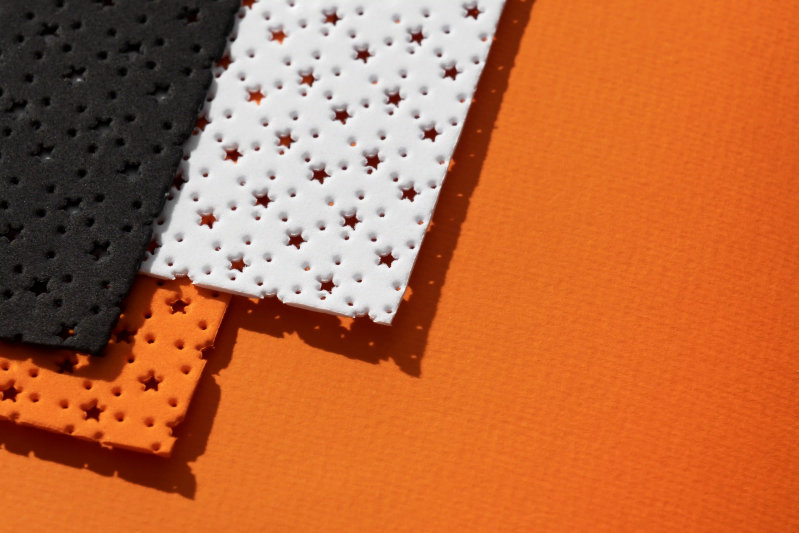
What is EPS?
EPS is a type of foam made from rigid polystyrene beads that contain expanding gases, which are mostly pentane These beads are transformed through a heating process. This results in a material that is lightweight but hard, commonly known as “foam”.
How is EPS created?
The process of making polystyrene begins with monomers derived from petrochemicals. Styrene is mainly produced by the dehydration of ethylbenzene. This is caused by mixing benzene with ethylene using a catalyst such as aluminum chloride or zeolite. Soluble expansion gas This is usually pentane. It is included in the production of polystyrene beads.
When these beads are exposed to heat, such as steam, the pentane expands, causing the beads to enlarge to roughly 40 times their original size. These are known as pre-puff or expanded beads and are often used as beanbag filling. The expanded beads can be further processed by loading them into molds and steaming them again to create blocks of different sizes, shapes, and densities. The blocks can then be cut into sheets or blocks of varying thicknesses.
Key Properties of EPS Foam Packaging
EPS foam packaging is highly regarded for its essential characteristics that make it ideal for various uses, playing a significant role in safeguarding the integrity of products during shipping and storing.
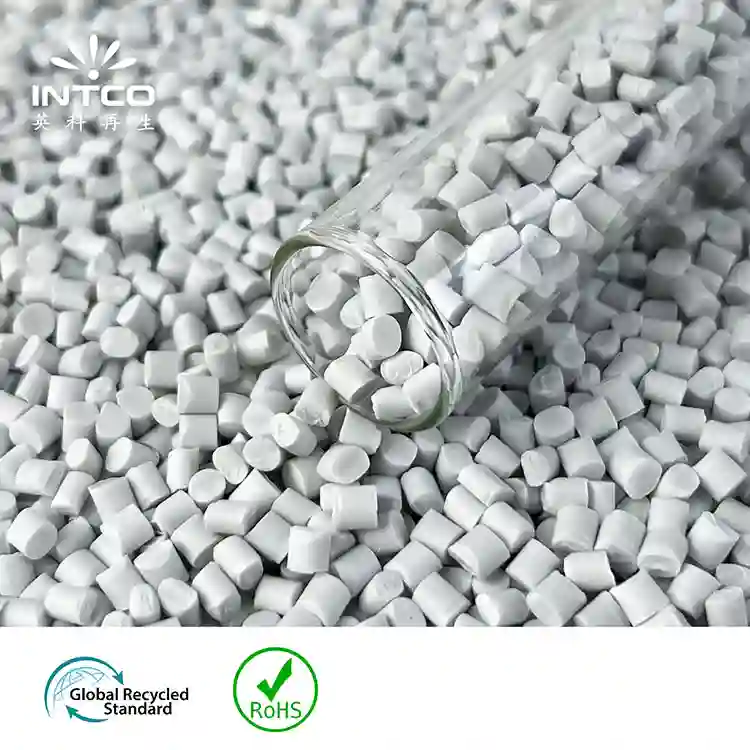
Lightweight
EPS is very light in weight. This makes it cheaper to ship and easier to manage.
Shock Absorption
The closed-cell design of EPS offers shock absorption capabilities that safeguard fragile items from damage while in transit, a key factor driving its widespread adoption in packaging applications.
Waterproof
EPS possesses a closed-cell configuration that enables it to absorb water and exhibit low vapor permeability, qualities that grant it moisture resistance.
Customizable
EPS has the flexibility to be shaped into forms and sizes with varying densities to cater to the specific requirements of various items. These customization options are essential for guaranteeing a fit that minimizes shifting during transportation.
Cost-Effective
EPS stands out as a budget choice in comparison to various other insulation materials available in the market today. For businesses aiming to safeguard their products without breaking the bank, EPS provides a financially feasible option worth considering.
Common Uses of EPS Foam Packaging
EPS foam packaging is commonly utilized in industries due to its protective and versatile features, which help guarantee the safe arrival of products in sectors ranging from electronics to food handling.
Electronics Industry
EPS is often selected for enclosing components because of its ability to absorb shocks effectively.
- Cushioning and protective packagingEPS is uniquely designed to match the contours of electronic devices, keeping them secure during transportation.
- Shock absorption during transportEPS serves as a shield for components, safeguarding them from damage while in transit.
- Protection of sensitive electronic componentsEPS shields electronic parts from harm caused by impact or shaking.
Medical Equipment
EPS is commonly utilized for safeguarding devices, offering cushioning to shield fragile instruments from damage.
Appliance Packaging
EPS offers appliance packaging that includes an added layer of protection to keep the items safe during shipping and handling.
Furniture Packaging
EPS serves as a shield to safeguard furniture from scratches and dents while in transit. It also acts as a protective layer for fragile components, such as glass tabletops.
Glassware Packaging
Fragile glass items are frequently wrapped in EPS to avoid breakage when being shipped.
Food Industry
EPS is commonly used in the food sector for its capacity to provide insulation and safeguard products from external factors.
- EPS is used in beverage packaging, such as cups.
- Polystyrene, known as EPS, is commonly chosen for takeout food containers because of its insulating characteristics.
Art and Crafts
EPS is commonly utilized in a variety of craft projects because of its adaptability and user-friendly nature.
Environmental Impact of EPS
EPS has its benefits. We mustn’t overlook its impact on the environment as well. The creation and disposal of EPS bring about environmental aspects to ponder—some good and some not so good.
Positive Environmental Impacts
EPS boasts an eco-friendly manufacturing process that keeps pollution levels low by using minimal energy and water resources while producing very little waste overall. Steam serves as the heating source, and water is recycled multiple times to minimize wastage. Reject materials are also repurposed in the process. Modern facilities often incorporate systems to capture pentane emissions during production and redirect them to the boiler to cut down fuel consumption. By using pentane as the blowing agent in EPS production, it eliminates chlorofluorocarbons (CFCs) or hydrochlorofluorocarbons (HCFCs) that can harm the environment. Pentane is known for having a low global warming potential (GWP). By utilizing EPS’s properties instead of heavier materials in transportation applications, fuel consumption can be reduced.
Negative Environmental Impacts
EPS is created using substances obtained from oil and gas sources. One of the elements in EPS is called styrene, and it is recognized as a cancer-causing agent. Even though EPS can be entirely recycled, only a small portion of it gets recycled in reality. Moreover, it takes time for EPS to break down naturally in the environment. Improper disposal frequently results in EPS ending up as litter on roads and in other settings.
Recycling and Disposal of EPS
Although EPS is fully recyclable, less than 1 percent of the 16 million metric tons produced each year is recycled. This consistently leads to the need for cleaning before mechanical or solvent treatment to return it to its raw form for creating new items. Recycling needs to be carried out at designated facilities, as not all plastic recyclers are equipped to handle EPS.
Alternatives to EPS Packaging
Concerns surrounding the environment regarding EPS may prompt an interest in exploring options for packaging materials. Eco-friendly alternatives, such as molded pulp and mushroom-based packaging, are worth considering alongside more recyclable plastics like PET and PP. Cardboard and paper are widely used as substitutes for take-out food containers as well.
Intco Plastics as a Reliable EPS Supplier
Intco Plastics provides recycled polystyrene (rPS) as an eco-friendly option by producing top-quality and environmentally conscious polystyrene using rigorous quality checks during the manufacturing process. The rPS originates from PS foam materials and undergoes color sorting before compression and granulation to create premium recycled plastic resins that align with practices to aid in eco-friendly initiatives.
Conclusion
EPS is a versatile material with many beneficial properties. But it also comes with environmental challenges. You should understand the uses, effects, and options available when considering your packaging options. By understanding the life cycle of EPS, you can make more informed decisions about its use.
FAQs About EPS Packaging
What is the primary advantage of using EPS for packaging?
One of the benefits of utilizing EPS for packaging lies in its capacity to offer cushioning against impacts and safeguard products from harm while in transit.
What makes EPS a sustainable choice for packaging?
EPS is a sustainable option because it can be made from recycled materials and has a relatively low-pollution manufacturing process. Additionally, it can be recycled and does not contain environmentally damaging CFCs or HCFCs when pentane is used as the blowing agent.
